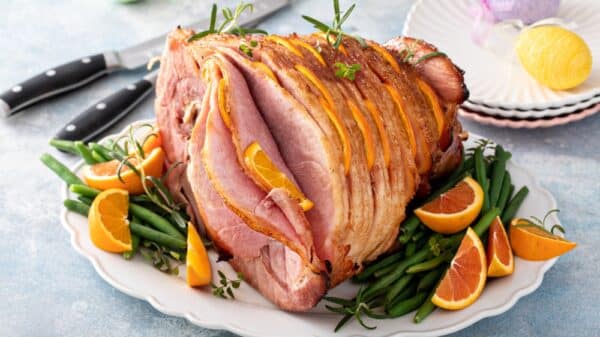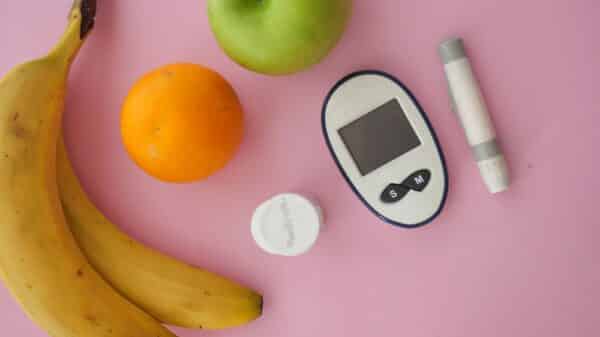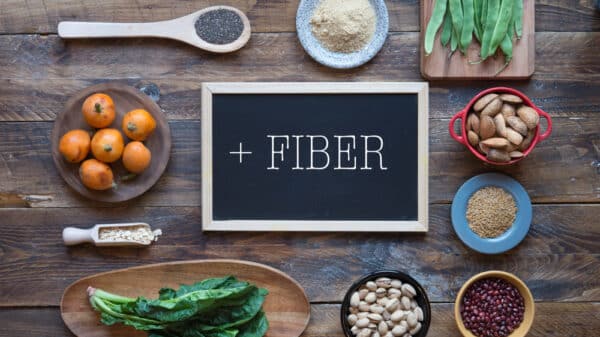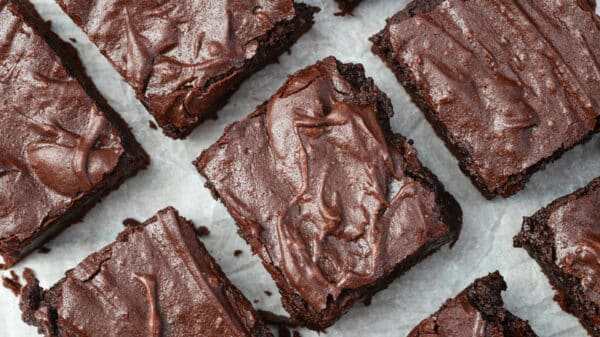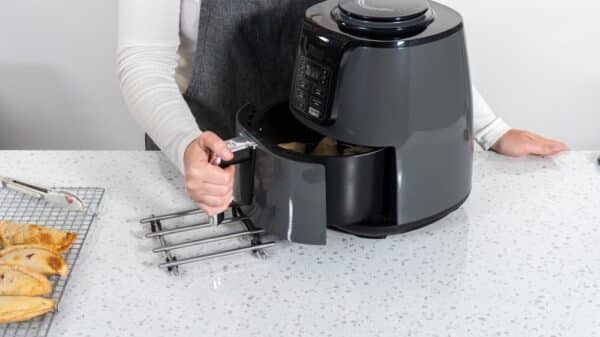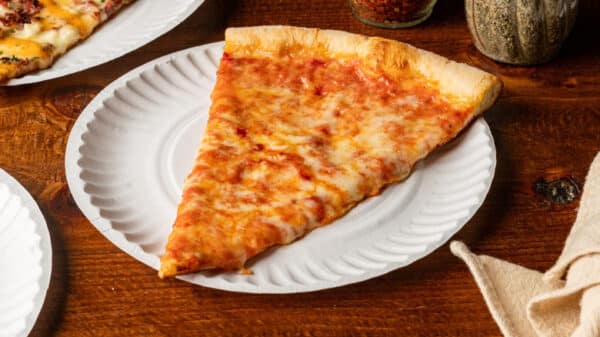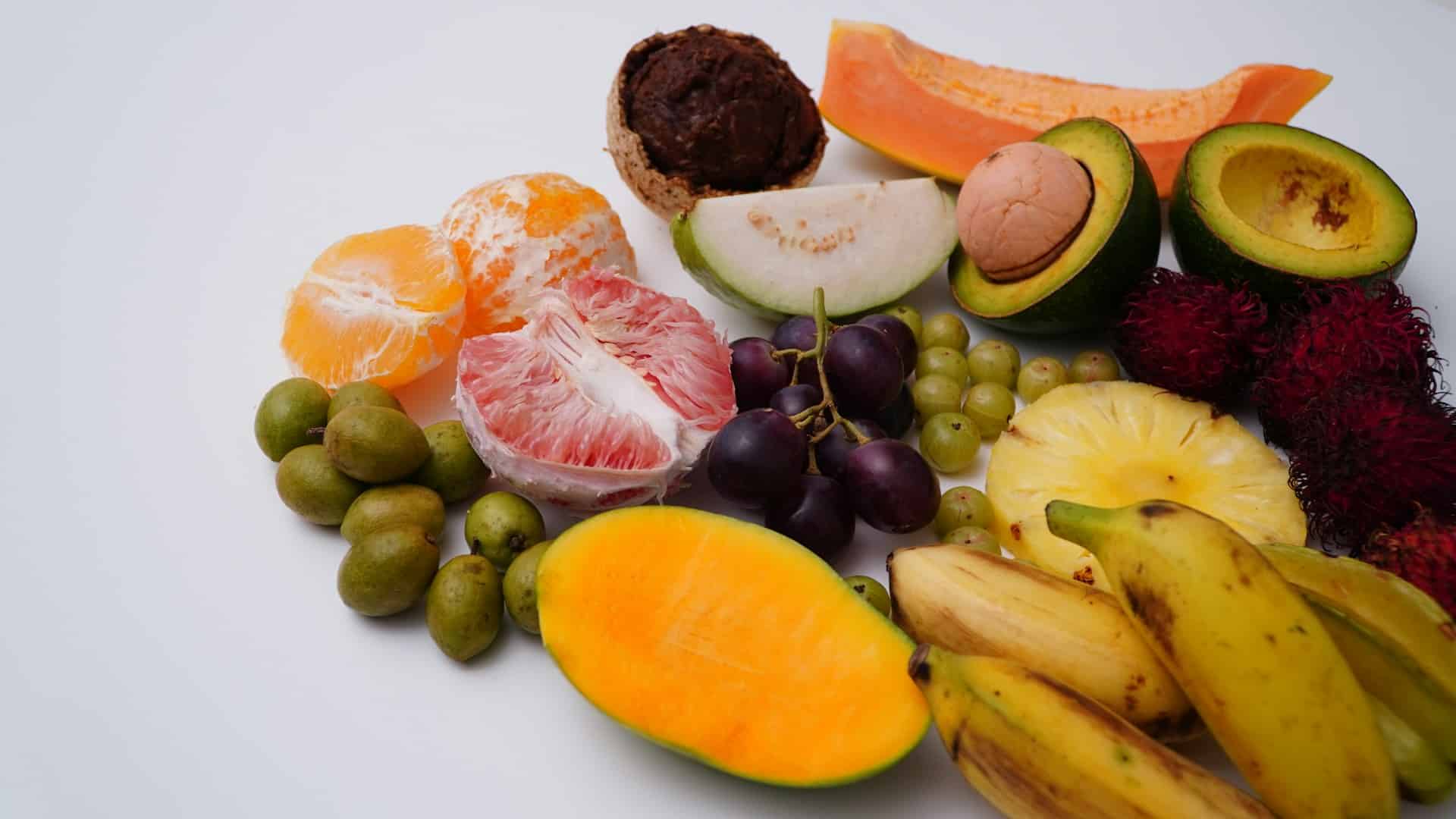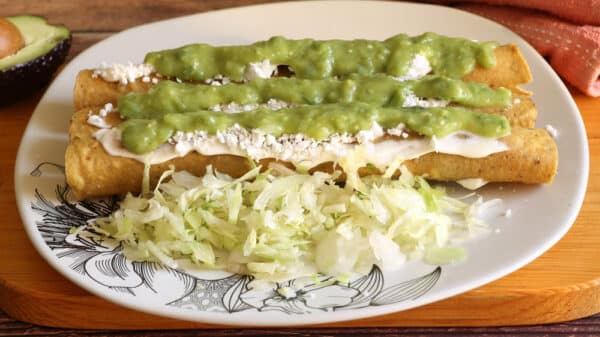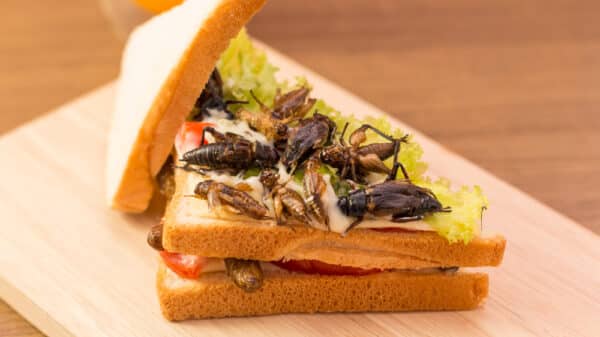High blood pressure, commonly known as hypertension, is a significant health concern affecting nearly half of American adults. Many people find the prospect of managing this condition daunting, particularly given the side effects associated with common blood pressure medications. Fortunately, there’s a silver lining: dietary changes can effectively support blood pressure management. Incorporating specific nutrient-rich foods into your meals can help lower blood pressure naturally, giving you more control over your health.
The Power of Food for Blood Pressure Control
While medication may still be necessary for some, understanding which foods can support your heart health is essential. We’ve tapped into the expertise of registered dietitians to identify the most impactful foods that can help regulate blood pressure. Here are eight powerhouse foods you should consider adding to your diet.
1. Bananas
Bananas are often heralded for their potassium content, with a medium banana providing around 420 milligrams. This mineral is vital for mitigating the effects of sodium, which can spike blood pressure. Additionally, bananas contain fiber, promoting heart health by fostering healthy blood flow. This dual benefit makes bananas an easy and appealing choice for a quick snack.
2. Beets
Beets are not just visually striking; they’re also nutritional marvels. Packed with dietary nitrates, beets convert to nitric oxide in the body, aiding blood vessel relaxation and reducing blood pressure. One cup of beets delivers a significant 442 milligrams of potassium. For a quick nutrient boost, consider incorporating beet juice into your diet, as it has been shown to effectively lower systolic blood pressure levels.
3. Edamame
These young soybeans are not only delicious but also nutrient-dense. One cup of shelled edamame offers approximately 8 grams of fiber—more than 25% of the daily requirement. Rich in potassium, magnesium, and calcium, edamame has demonstrated a positive effect on both systolic and diastolic blood pressure, making it an ideal snack choice.
4. Pistachios
Nuts, including pistachios, can contribute to heart health when consumed in moderation. Research indicates that regular intake of pistachios is linked to lower blood pressure levels. Each ounce provides around 3 grams of fiber along with potassium and magnesium, which are vital for maintaining stable blood pressure. The DASH diet, focused on reducing hypertension, heavily encourages fiber consumption, making pistachios a worthwhile addition.
5. Potatoes
Often misjudged, potatoes are rich in potassium and offer approximately 950 milligrams per medium potato—significantly more than bananas. This makes them an excellent choice for anyone looking to regulate their blood pressure. When prepared healthily, like baking or boiling, potatoes can be a fulfilling side dish that contributes positively to your diet.
6. Pulses
Beans, lentils, and peas belong to the category of pulses, which are often recognized for their heart-healthy properties. These foods are rich in potassium and are excellent sources of plant-based protein. Incorporating pulses into your meals can help lower cholesterol levels and combat inflammation, significantly reducing your risk of cardiovascular diseases.
7. Salmon
A staple of heart-healthy diets, salmon is highly regarded for its omega-3 fatty acids. These essential fats have been shown to lower blood pressure by promoting vasodilation—a process that helps blood flow smoothly. In addition to being rich in omega-3s, salmon is also a great source of protein, making it a nourishing option for lunch or dinner.
8. Yogurt
Yogurt not only serves as a tasty snack but also contributes to heart health. Studies indicate that people with hypertension who regularly consume yogurt can experience reductions in systolic blood pressure. The probiotics in yogurt may also support gut health, offering additional wellness benefits. Including yogurt in your diet can serve as a proactive step toward better heart health.
Making Small Changes for Big Impact
Incorporating these foods into your daily meal plan doesn’t require drastic changes; instead, it can be about making mindful choices. Simple adjustments, such as snacking on pistachios, adding beets to your salads, or opting for yogurt, can cumulatively contribute to managing your blood pressure.
Healthy living begins with what you choose to put on your plate—start today and empower yourself to thrive!
Image Source: Unsplash


